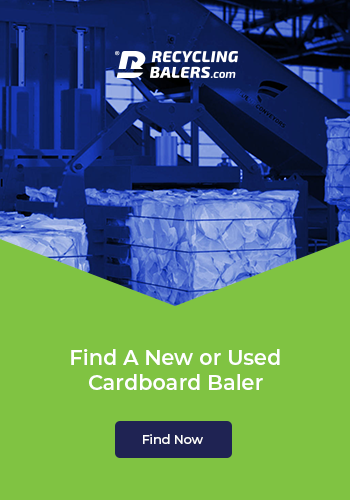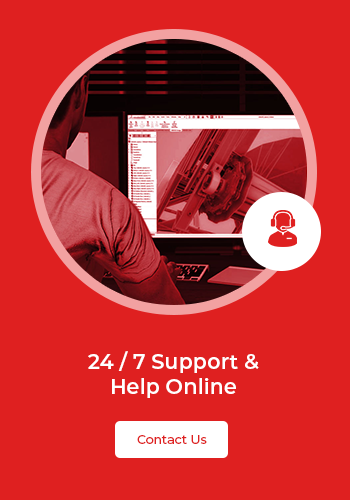How Do Conveyor Belts Work: A Comprehensive Guide
Anyone who’s worked in a job that involves the ferrying of materials and goods from place to place knows that conveyors are integral to the modern business ecosystem. You’ll find conveyors in all shapes and sizes of factory and production line, as well as in shopping malls, airports, postal services, and even restaurants. But do you know how they actually work? In this comprehensive guide, we’ll look at the fundamentals of how conveyor belts work – and why they’ve been designed and perfected over more than a century to perform tasks across the world.
Key Function
Before we look directly at the workings of a conveyor belt, we need to understand what they’ve been designed to do. A conveyor belt is an automation process: it enables a machine to perform the role of multiple human laborers in delivering materials or goods from one location to another. As such, this is the major, basic function of all the conveyors you see in the world. This explains why conveyors look like they do and where they fit into a number of business processes.
The Belt
If the function of a conveyor belt is transportation, the vehicle of this process is the belt itself. A looped part of the overall conveyor machine, the belt is regularly made of metal – and sometimes of linked metal chains. The belt rotates around the whole machine, which means that it’s always moving objects in one direction, before it reaches the end point of the machine, loops underneath and continues its journey back to the start point.
Powering the Belt
The belt runs on rollers, which are simple cylinders upon which the belt is able to rest. The rollers fulfill their function simply by rolling – with very little resistance – with the movement of the belt. The belt itself is powered by some of these rollers, which are connected to a spinning motor. The motor spins the powered rollers, which facilitates the rotation of the belt around the machine. The belt can usually operate at a number of different speeds – which can be calibrated by the owner of the belt to suit their needs.
The Structure
Meanwhile, the belt is always supported by a structure that holds it in place. A belt, for instance, must never touch the ground, or the friction will result in breakages in the belt and the motor, which can be costly for businesses to repair. This issue is avoided entirely because the belt is held off the ground by a metallic structure, which is made simply to support the operation of the belt. This structure is usually adjustable to fit the needs of the belt operator.
Specifications
Of course, conveyor belts can take all shapes and sizes. Some belts run at an angle, in order to carry goods and materials up or down an incline. When a conveyor operates on an incline, it needs slats to prevent materials from falling or rolling down the incline due to gravity. These are extra elements of the conveyor belt that are added to perform specific functions in specific facilities.
This simple guide helps show you how a conveyor belt works – and why it’s such a well-regarded solution for companies across the world.



